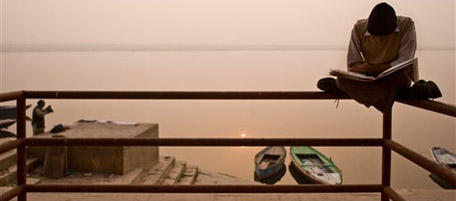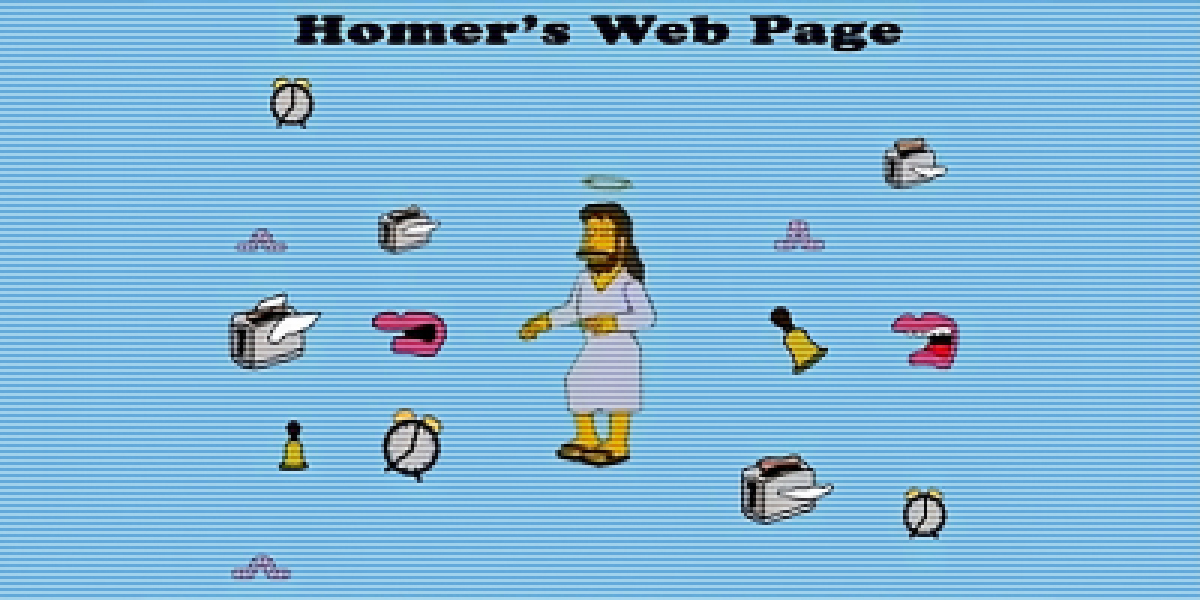Sunday Post
Il meglio della settimana in cui l'Italia è stata ridimensionata anche nel calcio

Un tempo questa sarebbe stata una domenica da restarsene a casa a guardare la tv, senza mettere piede fuori neanche per una pizza: oggi è il 27, i soldi arrivano domani ormai, e quelli del mese scorso ce li siamo bell’e spesi. Ma viviamo in un sistema che ha rivoluzionato il mondo del lavoro, tra precariati, part-time, multicollaborazioni: quindi chissà che non vi sia arrivato il bonifico venerdì, e oggi vi stiate godendo il weekend a Lisbona, o a Cattolica.
Ma se invece siete lì a contenere le spese in attesa che arrivi domani, ecco che viene in soccorso della vostra oziosa domenica l’abituale rassegna del meglio del Post che vi foste persi questa settimana. Poi dalle 16 arrivano le prime partitone del mondiale, e chi s’è visto s’è visto. E quindi passiamo subito agli articoli più letti della settimana.
– Come te la caveresti in terza media, dove non abbiamo fatto quasi niente salvo pensare che sarebbe stato divertente cimentarsi nei famosi test Invalsi e aggiungere qualche battuta di troppo
– La mozzarella blu non è una notizia, sono quattro; e anche qui, ci siamo limitati a capire che ancora una volta Dissapore aveva individuato il modo giusto di parlare di una notizia abusata
– E ora, per chi tifiamo?, in cui non ci siamo lasciati abbattere dal disastro della nazionale italiana ai mondiali e abbiamo volto lo sguardo avanti in cerca di altri orizzonti
Poi, l’aggiunta della settimana se la merita il bel reportage di Peppe Provenzano da Pomigliano, che non ha raggiunto i numeri di visite degli altri articoli solo perché è andato online due giorni fa.
Passando dalla quantità alla qualità, ecco invece le segnalazioni della redazione del Post.
– Cosa dice l’accordo per Pomigliano, in otto punti, un lavoro di sintesi, un po’ schematico, ma molto apprezzato
– Ti faccio un disegno, apprezzatissimo bignami di Simone Trotti dedicato al crescente culto dell’infografica
– È morto Manute Bol, una storia a cui siamo affezionati
E due divertissement, diciamo
– L’iPod negli anni Settanta, la notevole invenzione grafica di un blogger americano
– “Mio papà è molto ricco”, i bizzarri moduli del Comune di Roma per l’iscrizione all’asilo
Infine, i post più letti (o guardati, nel caso di Gipi) sui blog del Post.
– Il mondiale è degli australi, di Stefano Menichini
– La nuvola fantozziana sul conflitto generazionale, di Pippo Civati
– Nick Hornby, di Gipi



